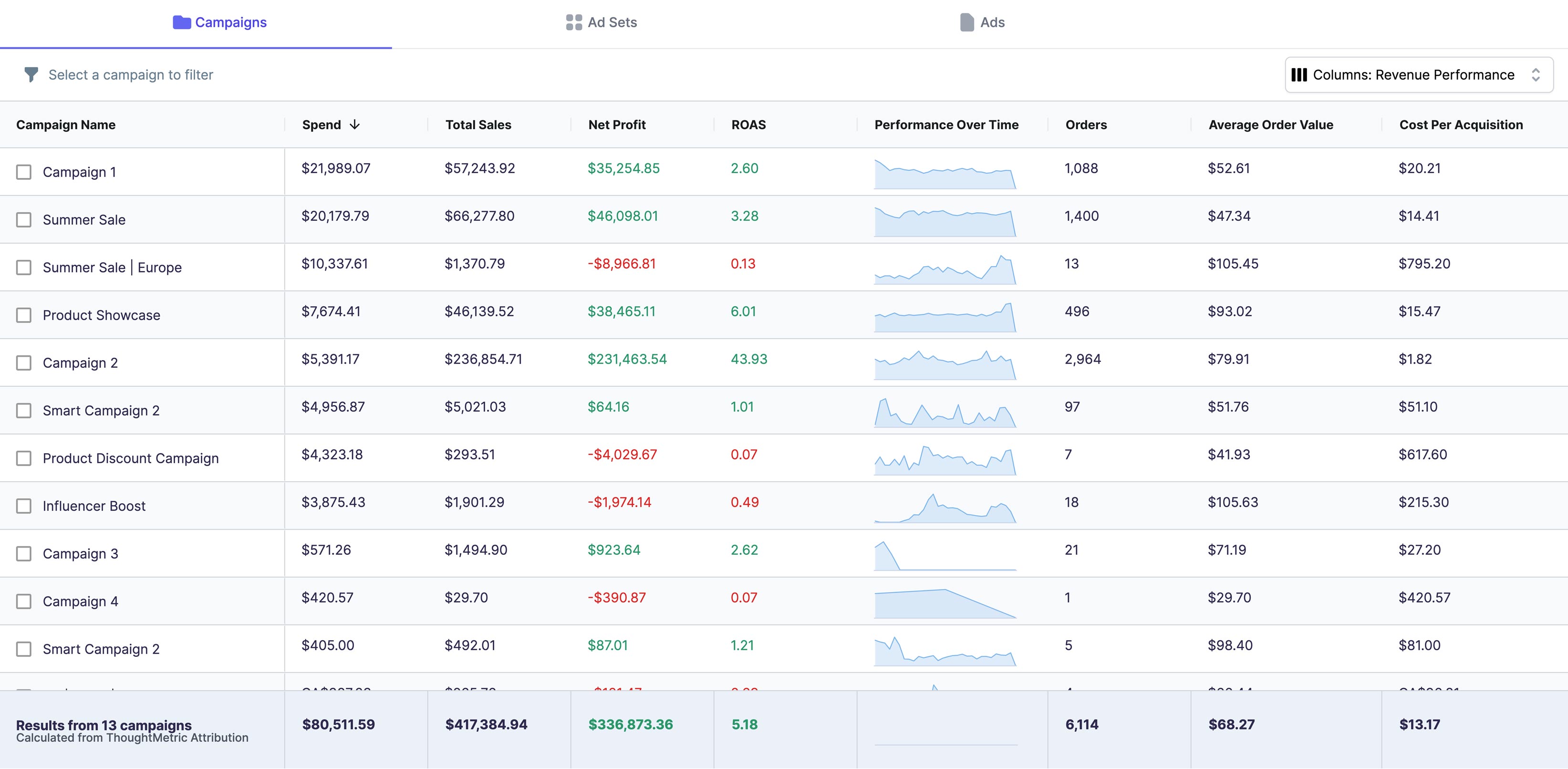If you're running an online store powered by WordPress, your Woocommerce plugin is likely one of your most valuable and essential tools. With Woocommerce, you can manage your inventory, process transactions, and keep track of customer orders. However, to keep your website running smoothly, it's important to regularly update the Woocommerce plugin. In this article, we'll provide you with a step-by-step guide on how to update Woocommerce, why it's important, and how to troubleshoot common issues that might arise during the process.
Why Updating Woocommerce is Important
Updating your Woocommerce plugin is essential for several reasons. One of the main reasons is security improvements. Plugin developers are continually working to improve the security of their plugins, and by updating Woocommerce, you can ensure that your website stays protected from potential security threats.
Another reason is performance enhancements. Developers are continually working to improve the performance of Woocommerce, which means that an update might speed up your online store. Additionally, updating Woocommerce will allow you to take advantage of new features and functionality, which will help to enhance your customers' experience on your website.
Security Improvements
One of the most critical reasons for updating Woocommerce is to address any existing security vulnerabilities. Outdated plugins and software can be vulnerable to attacks from hackers and malware, which can lead to a range of catastrophic consequences for your website.
Updating Woocommerce will not only provide you with the latest security patches but also ensure that your site is safe and secure. You can safeguard your site from potential disruptions, protect your customers' data, and prevent the loss of revenue that can come from a compromised website.
Another advantage of updating Woocommerce is improved performance. Developers often optimize their plugins to improve site speed, usability, and overall performance. These updates might include bug fixes, code optimization, and streamlined processes.
By updating Woocommerce regularly, your online store can benefit from these performance enhancements, which can result in faster loading times, improved functionality, and better user experience for your customers.
New Features and Functionality
Lastly, updating Woocommerce will provide you with the latest features and functionalities. Developers of the plugin are continually adding new features and functionality to enhance the platform, and by updating, you get access to all these new features that can improve your store's performance and user experience.
New features might include advanced inventory management tools, streamlined checkout processes, or even improvements to the platform's design and layout.
Preparing for the Woocommerce Update
Before updating Woocommerce, it's essential to prepare your website to ensure a smooth process. This preparation includes backing up your website, checking for compatibility issues, and testing the update on a staging site.
Backup Your Website
The first and most crucial step in preparation for the Woocommerce update is backing up your website. This is vital because updating your Woocommerce plugin can sometimes cause complications that might lead to data loss, website crashes, and other issues that can be time-consuming and costly to fix.
By backing up your website before you update Woocommerce, you can quickly restore your site's data in case anything goes wrong. The backup process should include both your site's files and the database;
Check for Compatibility Issues
Compatibility issues can arise during an update, and it's important to check for any potential complications before starting the update process. Changes to the plugin's code can impact other plugins or themes on your website resulting in negative or undesired effects.
Check the theme and all plugins that have Woocommerce integration and research to determine if any known issues are present and resolve them before proceeding to update.
Test the Update on a Staging Site
It's always a good idea to test the update on a staging site before going live. Doing so allows you to check the compatibility of your website and the Woocommerce update versions, identify potential issues and objections, and make necessary adjustments before going live.
A staging site is a duplicate version of your live website that exists separately from your site visitors. The update in this environment will not affect your live site.
Updating Woocommerce: Step-by-Step Guide
The process of updating Woocommerce is relatively straightforward, and we will provide you with a detailed step-by-step guide. Follow these steps to update your Woocommerce plugin successfully:
Step 1: Access Your WordPress Dashboard
The first step is to access your WordPress dashboard. To do this, log in to your website and click the "Dashboard" tab from the main menu.
Step 2: Check for Woocommerce Updates
Once you have accessed your WordPress dashboard, navigate to the "Plugins" section, and locate Woocommerce. If a new version of the plugin is available, you will see an update notification.
Click the "Update Now” button to start the process. If the update is not visible yet, you can wait or refresh the page, and it will appear once available.
Step 3: Update Woocommerce Plugin
Clicking "Update Now" in the previous step will start the Woocommerce plugin update process. The plugin will begin to download and install the new version automatically.
During the installation process, the plugin will be momentarily deactivated to prepare for the update. After installation completes, the plugin will reactivate itself automatically.
Step 4: Update Woocommerce Database
Once the Woocommerce plugin installation is complete, a message prompting a database update will display. Confirm the update by clicking "Update Database.” The database update is crucial to ensuring that your site works correctly after the plugin update.
Usually, this step does not take long, but during this process, your online store will be temporarily unavailable.
Step 5: Verify the Update
Once the database update completes, it’s necessary to verify that the Woocommerce plugin update is successful. The most straightforward way to do this is to navigate around your site and ensure everything is functioning correctly.
Test the customer-facing areas of your site, performing various tasks such as making a purchase, reviewing products, and using the checkout. Additional testing can be done using WooCommerce's built-in testing suite or with additional tools like third-party testing plugins or services.
Troubleshooting Common Update Issues
Although updating Woocommerce is a relatively simple process, sometime issues may arise. The most commonly encountered issues include plugin conflicts, theme compatibility, and server requirements.
Plugin Conflicts
Sometimes, updating Woocommerce can result in compatibility issues with other plugins installed on your website. To troubleshoot, temporarily disable all plugins except for Woocommerce and run the update process again.
Once the update successfully completes, reactivate your plugins, one-by-one, to determine which plugin conflicts with Woocommerce. To resolve the issue, update or replace the conflicting plugin or consult with a developer if needed.
Theme Compatibility
Additionally, updating Woocommerce may come with theme compatibility issues that may require troubleshooting. Especially if your theme is outdated or not compatible with the updated version of the plugin.
One way to troubleshoot is to temporarily switch to a default WordPress theme when updating Woocommerce, as this will give you the chance to identify if a theme is impacting the smooth running of the update process. Consult with theme developers to obtain updated or relevant documentation.
Server Requirements
The server where your website is hosted may not meet the minimum requirements for Woocommerce updates. This can result in performance issues hindering the update process or functionality that reduces the site's ability. Check the server requirements for the new Woocommerce version to ensure it is compatible with your hosting environment.
Conclusion
Keeping your website up to date is vital for ensuring that it runs smoothly. By following this step-by-step guide, you can successfully update your Woocommerce plugin, take advantage of new features and functionalities, improve site performance, and ensure site and customer security.
It's essential to stay vigilant during the Woocommerce update, keeping compatibility issues in mind and backing up your site. Address any issues swiftly, so your website can continue to provide the great service your customers expect.





